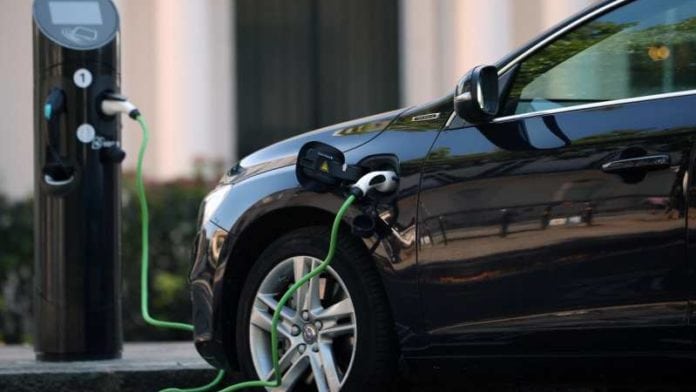
GREEN hydrogen technology was the best route to global decarbonisation, said Trevor Raymond, head of research at the World Platinum Investment Council (WPIC) who said the UK government’s plan to accelerate adoption of electric vehicles (EVs) required scrutiny.
The UK government this week said it would bring forward by ten years to 2030 a ban on the sale of vehicles powered by internal combustion engines (ICE). The proposal was part of UK prime minister, Boris Johnson’s, 10-point plan aimed at tackling climate change.
“The ban on ICE is interesting: is it fully EV vehicles or hybrid vehicles?” said Raymond. Hybrid vehicles remain largely powered by fossil fuels, but contain an on-board battery and electric motor. They are seen as a stepping stone to battery electric vehicles or BEVs.
“The UK economy will be hit very hard if this is adopted and it’s questionable whether they can afford to build the infrastructure,” said Raymond.
The UK government has set aside £1.3bn to finance fully fledged BEVs requiring the roll out of fuelling points and stations in homes, streets and major motorways (highways). A further £582m has been set aside in order to incentivise consumer demand.
Raymond added, however, that it was impossible to ignore the banning of ICE at some future point, but he said hydrogen technology would be adopted sooner. “It is seven to ten years away, but hydrogen technology will absorb 500,000 ounces a year of PGMs,” he said.
“We have now reached the point where decarbonisation and hydrogen are mentioned in the same breath, with strategies and policies being implemented to ensure the hydrogen economy will be driven forward over the next 15 years,: said Paul Wilson, CEO of WPIC in its third quarter report on Tuesday.
“Platinum plays a key role in the production of green hydrogen and in fuel cells for electric vehicles. Material demand growth from this will be realised in the 5 to 10 year period,” he said.
The WPIC forecast that in 2021 there would be a 24% annual increase in global automotive demand for platinum, equivalent to some 575,000 oz, owing to an increase in the light duty vehicle demand.
This drive to increased automotive usage of platinum would be increased loadings to meet emission legislation, especially has palladium – currently used most of the platinum group metals (PGMs) in autocatalysis – established above $1,000 per ounce. This would increase appetite for substitution with the cheaper palladium.











